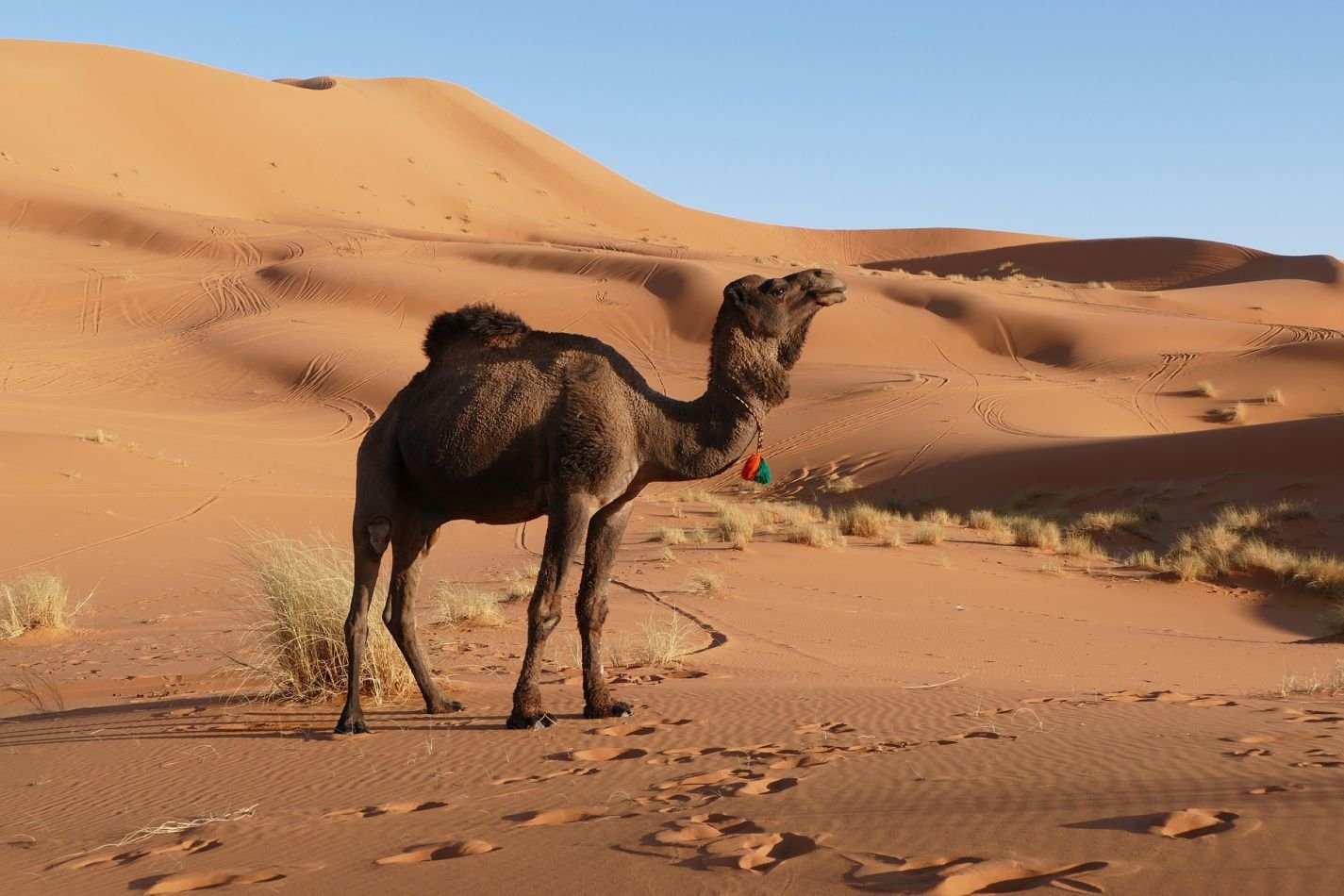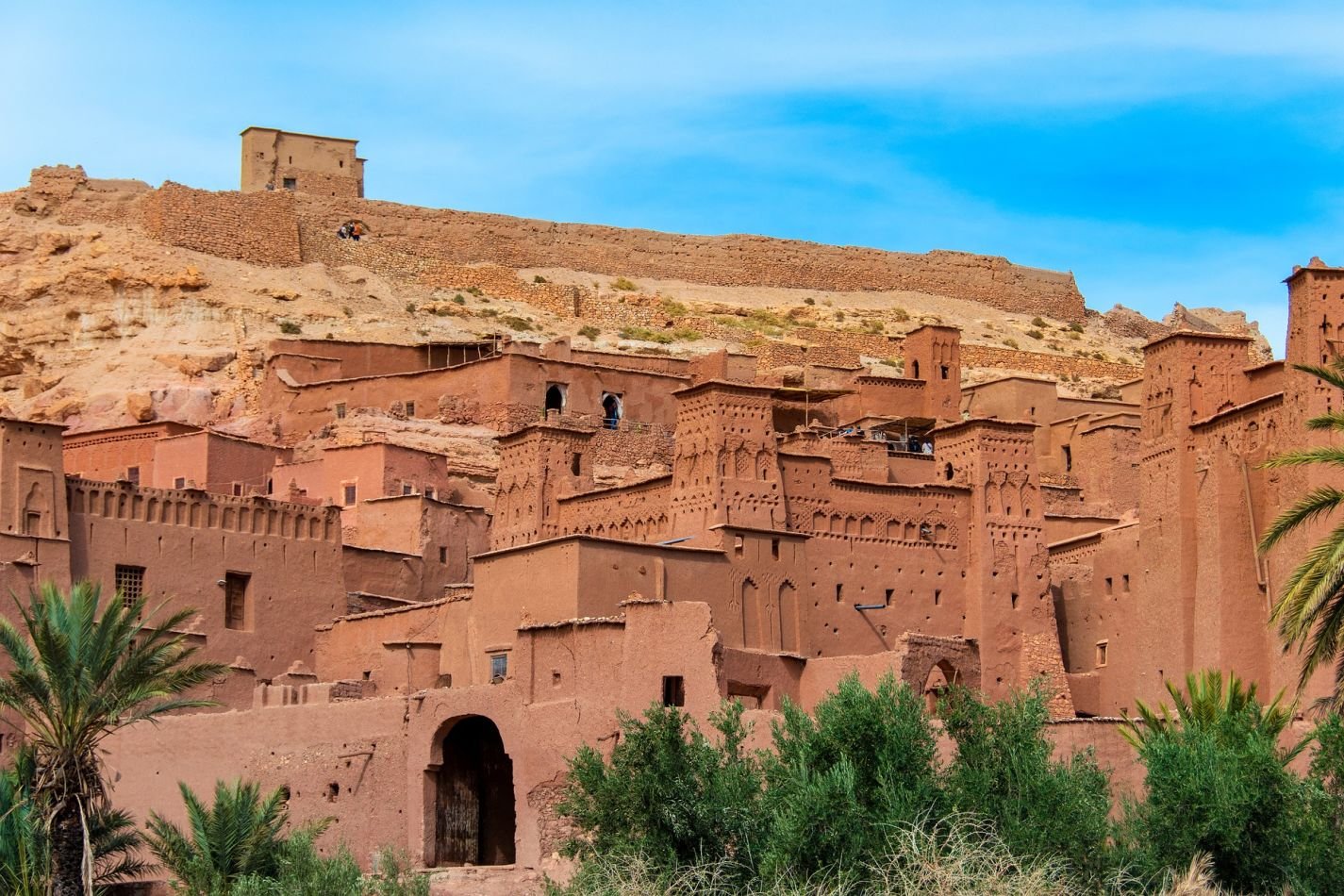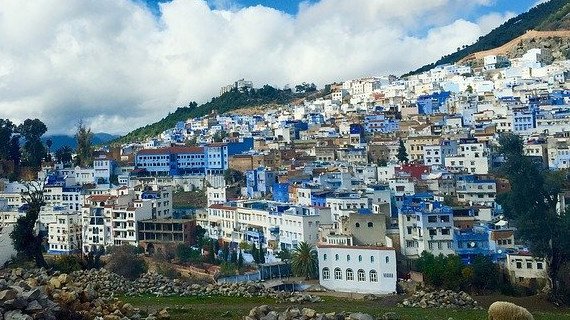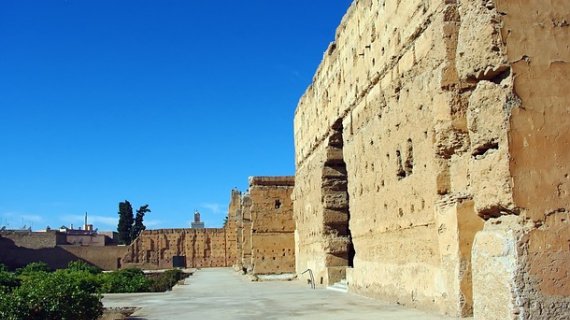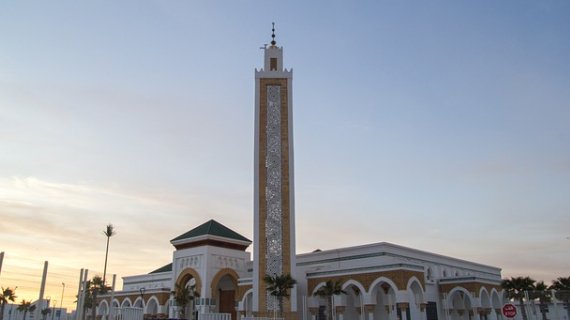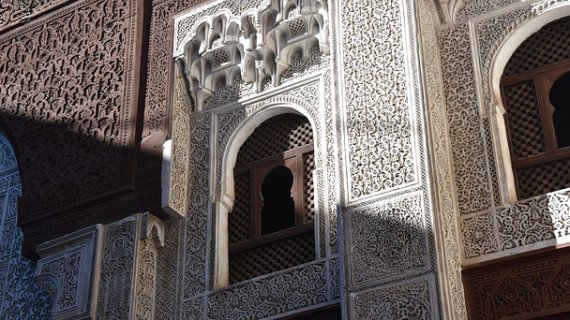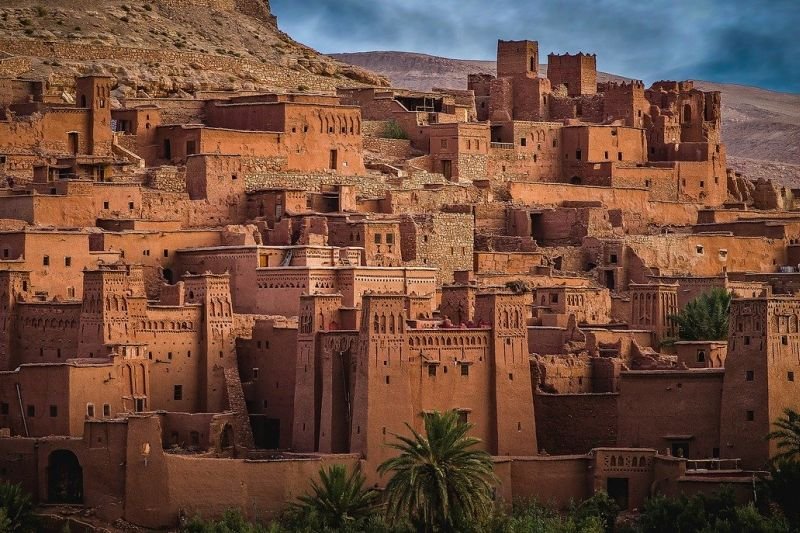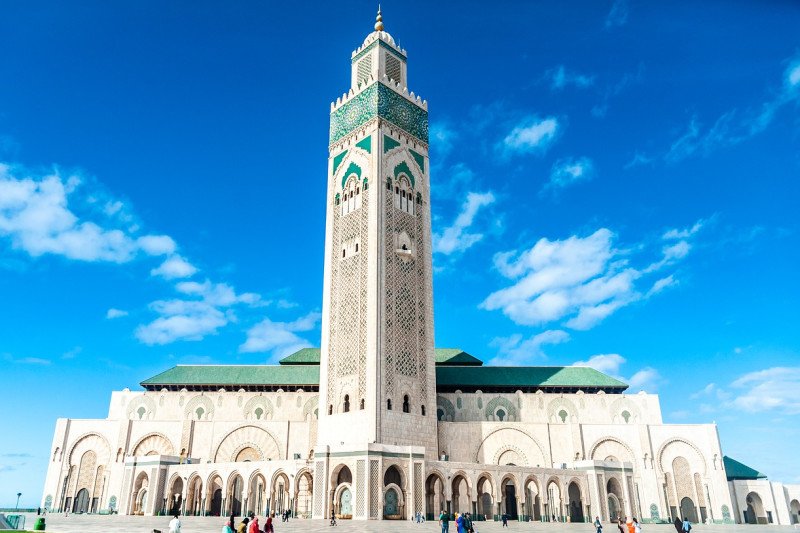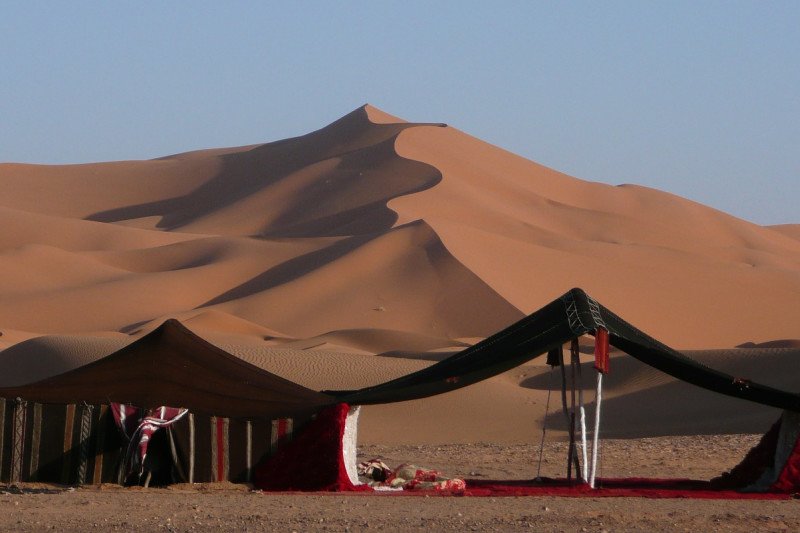Culture
Morocco is a land of culture, civilization and authenticity whose many charms attract more than just tourists. To appreciate this splendid region that has preserved its authenticity and to soak in its secular culture, you must accept that the present here is still closely tied to the past. You will learn even more about the country’s traditions by interacting with the people. The luckiest visitors are those who can attend one of the many cultural and artistic events held here. No matter what you pick, the cultural wealth of this country will amaze you.
The impressive architecture
Moroccan architecture is so intriguing that it’s hard not to photograph every single street you walk down. The rich architecture of Morocco lacks neither charm nor variety. Whether you visit the north or the south of the country, perfectly preserved medinas, minarets, fortified walls, monumental doors, ksars and kasbahs invite you to discover the myriad architectural treasures of Morocco. Venture into the meandering alleys of old neighborhoods and learn what surprises lurk in the country’s medinas. The architecture of these buildings hints at rites and expresses the traditions of an entire civilization.
The Sahara Desert
The Sahara Desert is a stunning place in our world, and Morocco is a great starting point for venturing into the dunes. Endless layers of soft golden sand dunes fill the horizon, and climbing up these massive dunes is surreal. The atmosphere is so quiet and peaceful, and watching the sunset or sunrise over the desert is unforgettable. You can rent a car or hitchhike, but it’s just easier to have an experienced local guide lead you to the right spots. You can also get multi-day tours which usually include meals, luxury camping in the desert, and a fun camel trek. Regardless of how you go, Sahara is simply beautiful.
Hollywood in Morocco
With cheap production costs and the same desolate scenery as more dangerous countries further east, Morocco has attracted Hollywood studios in large numbers for years. Built on the side of a hill, Aït Benhaddou is a magnificent fortified town (ksar) whose red mud walls and buildings sit majestically over the banks of the Ounila River. It’s castellated walls and dramatic location conjure images of biblical towns, long lost villages, and battling armies. It is the most picturesque ksar, which is probably why it’s in every movie! The Hollywood of Morocco has been featured in Game of Thrones, Gladiator, Lawrence of Arabia, and many more films.
Traditional Life
Morocco is a storied country, that has, over the centuries, woven its ties to sub-Saharan Africa, Europe and the wider Middle East into whole cloth. Its mixed Arab and Berber population forms a strong national identity, but an increasingly youthful one, taking the best of its traditions and weaving the pattern anew – from the countryside to the city, from the call to prayer from the mosque to the beat of local hip hop. Morocco has a hundred faces and sounds, all ready to welcome the traveller looking for spice and adventure.
